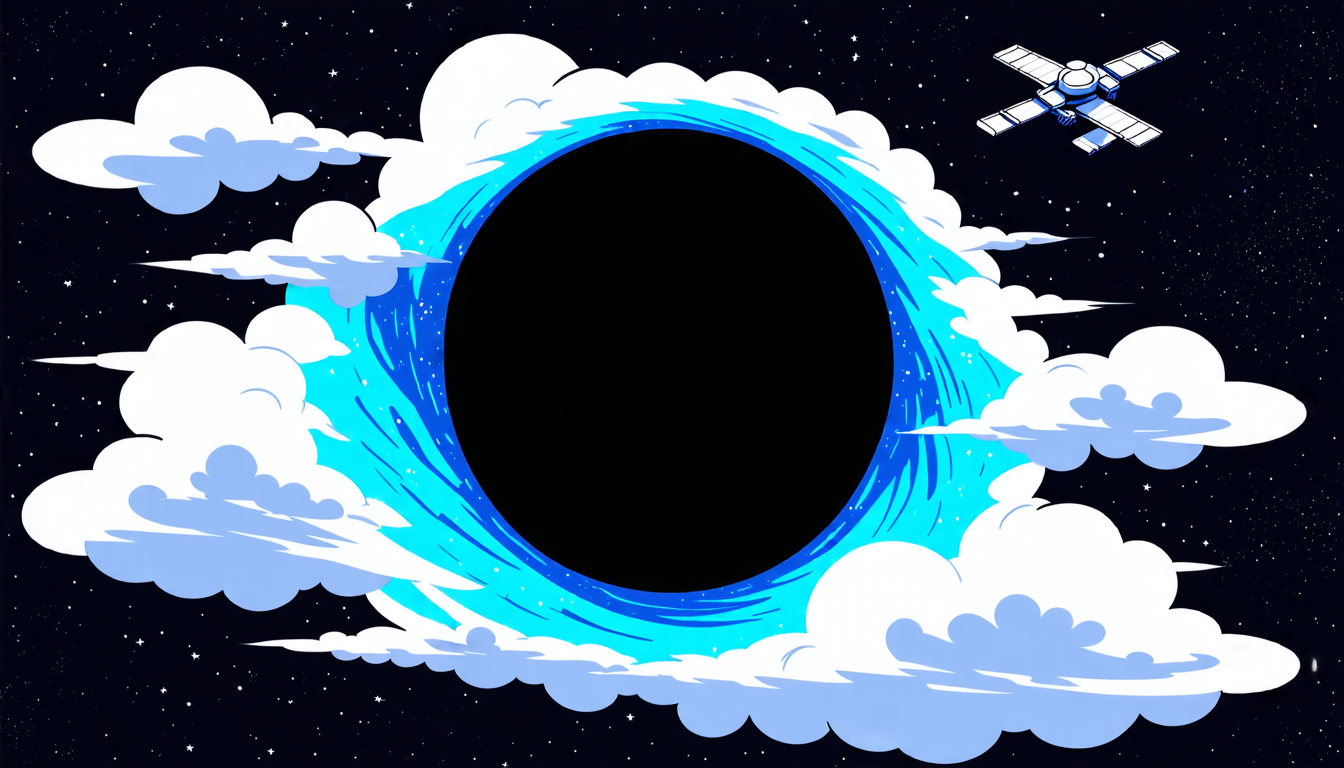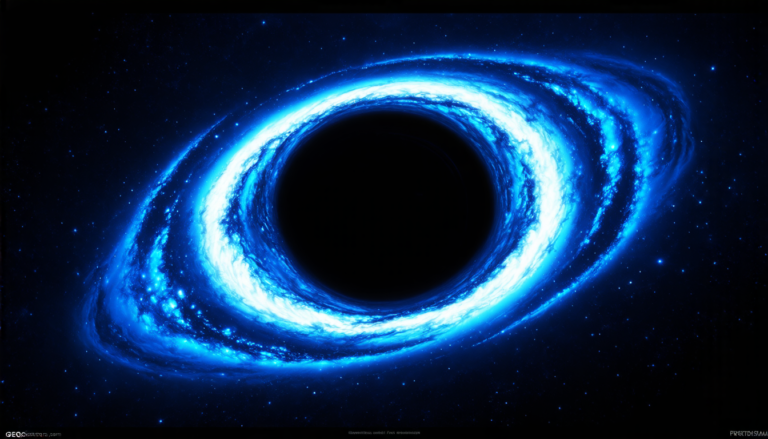Wednesday 30 April 2025
A team of astronomers has made a significant breakthrough in their quest to capture the first-ever image of a black hole. By studying the way light behaves as it approaches the event horizon, they’ve developed an innovative method for mitigating interstellar scattering effects that could potentially render their findings useless.
The researchers focused on Sagittarius A*, a supermassive black hole located at the center of our galaxy. To study its behavior, they plan to use a network of radio telescopes around the world, working together as a single virtual telescope called the Event Horizon Telescope (EHT). The EHT will create a virtual Earth-sized telescope by combining data from multiple locations.
However, there’s a problem. As light travels through space, it gets scattered by tiny particles and gas clouds, making it difficult for scientists to capture a clear image of the black hole. To combat this issue, the team has developed an orbit migration scheme that involves gradually moving a spacecraft to a new orbit over several weeks.
The idea is to position the spacecraft at different distances from the Earth, allowing scientists to observe the black hole at various angles and phases. By combining these observations, they can create a more detailed image of the black hole’s environment.
One of the key challenges in this process is the need for precise control over the spacecraft’s orbit. To achieve this, the team has considered two different propulsion systems: chemical propulsion and electric propulsion.
Chemical propulsion involves using traditional rocket engines to perform a series of Hohmann transfers, which are complex maneuvers that allow the spacecraft to change its orbit. However, this method requires a significant amount of fuel and can take several weeks to complete.
Electric propulsion, on the other hand, uses a more efficient system that generates thrust by ionizing and accelerating propellant particles. This method is slower but more fuel-efficient, allowing the spacecraft to reach its destination in about 44 days.
The team has developed a detailed model of the orbit migration scheme, which involves three Hohmann transfers using chemical propulsion or electric propulsion. They’ve also simulated the performance of the SPT-140 thruster, an electric propulsion system that’s similar to those used in NASA’s spacecraft.
The results show that electric propulsion is significantly more fuel-efficient than chemical propulsion, requiring about 57 kg of propellant compared to over 195 kg for chemical propulsion. However, the slower transfer time means that scientists will have to wait longer to capture their first-ever image of a black hole.
Cite this article: “Capturing the Unseen: A New Approach to Imaging Black Holes”, The Science Archive, 2025.
Black Holes, Sagittarius A*, Event Horizon Telescope, Interstellar Scattering, Radio Telescopes, Orbit Migration, Spacecraft Propulsion, Chemical Propulsion, Electric Propulsion, Spt-140 Thruster, Astronomy Research







